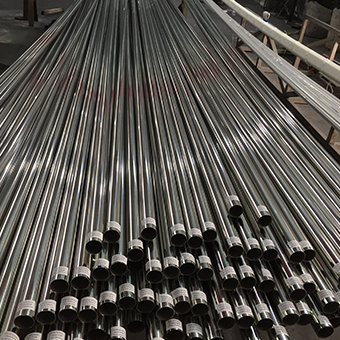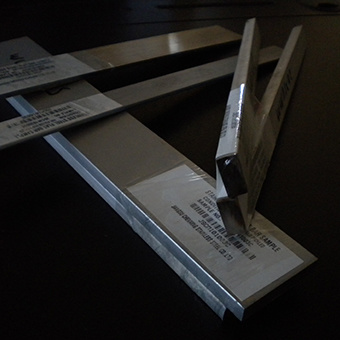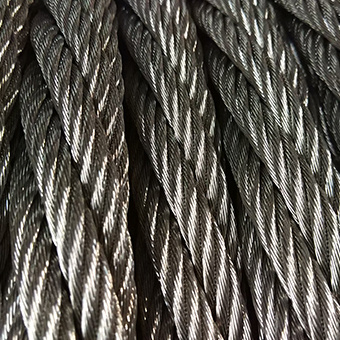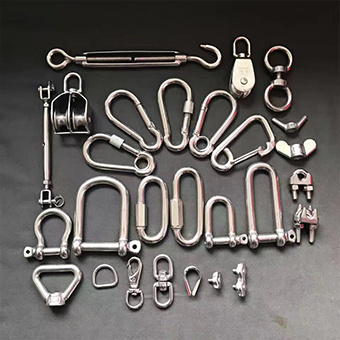Steel Mechanical Properties
18 Aug,2023
1. Yield point (σs)
When the steel or sample is stretched, when the stress exceeds the elastic limit, even if the stress does not increase, the steel or sample still continues to undergo obvious plastic deformation. This phenomenon is called yielding, and the minimum stress value when yielding occurs is for the yield point. Let Ps be the external force at the yield point s, and Fo be the cross-sectional area of the sample, then the yield point σs =Ps/Fo(MPa).
2. Yield strength (σ0.2)
The yield point of some metal materials is very inconspicuous, and it is difficult to measure. Therefore, in order to measure the yield characteristics of the material, the stress when the permanent residual plastic deformation is equal to a certain value (generally 0.2% of the original length) is stipulated, which is called the condition. Yield strength or simply yield strength σ0.2.
3. Tensile strength (σb)
The maximum stress value reached by the material from the beginning to the time of fracture during the stretching process. It represents the ability of steel to resist fracture. Corresponding to tensile strength are compressive strength, flexural strength, etc. Let Pb be the maximum tensile force reached before the material is broken, and Fo be the cross-sectional area of the sample, then the tensile strength σb=Pb/Fo (MPa).
4. Elongation (δs)
After the material is broken, the percentage of its plastic elongation to the length of the original sample is called elongation or elongation.
5. Yield ratio (σs/σb)
The ratio of the yield point (yield strength) of steel to the tensile strength is called the yield ratio. The greater the yield ratio, the higher the reliability of structural parts. Generally, the yield ratio of carbon steel is 0.6-0.65, that of low-alloy structural steel is 0.65-0.75, and that of alloy structural steel is 0.84-0.86.
6. Hardness
Hardness indicates the ability of a material to resist pressing a hard object into its surface. It is one of the important performance indicators of metal materials. Generally, the higher the hardness, the better the wear resistance. Commonly used hardness indicators are Brinell hardness, Rockwell hardness and Vickers hardness.
(1) Brinell hardness (HB)
Press a hardened steel ball of a certain size (usually 10mm in diameter) into the surface of the material with a certain load (generally 3000kg) and keep it for a period of time. After the load is removed, the ratio of the load to the indentation area is the Brinell hardness value ( HB).
(2) Rockwell hardness (HR)
When HB>450 or the sample is too small, Brinell hardness test cannot be used and Rockwell hardness measurement should be used instead. It uses a diamond cone with a vertex angle of 120° or a steel ball with a diameter of 1.59mm and 3.18mm to press into the surface of the material to be tested under a certain load, and the hardness of the material is obtained from the depth of the indentation. According to the hardness of the test material, it can be expressed in three different scales:
HRA: It is the hardness obtained by using a 60kg load and a diamond cone indenter, and is used for materials with extremely high hardness (such as cemented carbide, etc.).
HRB: It is the hardness obtained by using a 100kg load and a hardened steel ball with a diameter of 1.58mm. It is used for materials with lower hardness (such as annealed steel, cast iron, etc.).
HRC: It is the hardness obtained by using a 150kg load and a diamond cone indenter, and is used for materials with high hardness (such as hardened steel, etc.).
(3) Vickers hardness (HV)
Use a diamond square cone indenter with a load of less than 120kg and a vertex angle of 136° to press into the surface of the material, and divide the surface area of the indentation pit by the load value to obtain the Vickers hardness value (HV).













